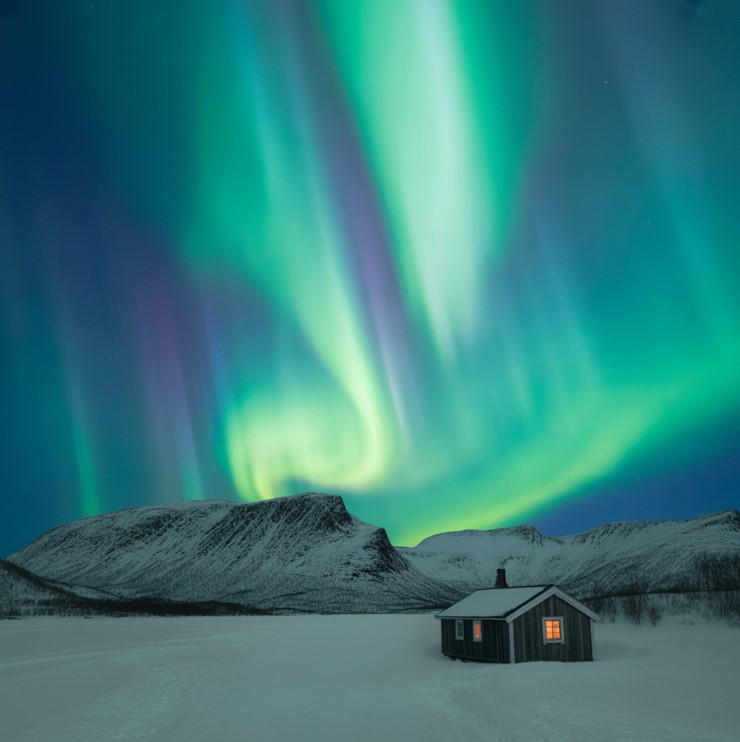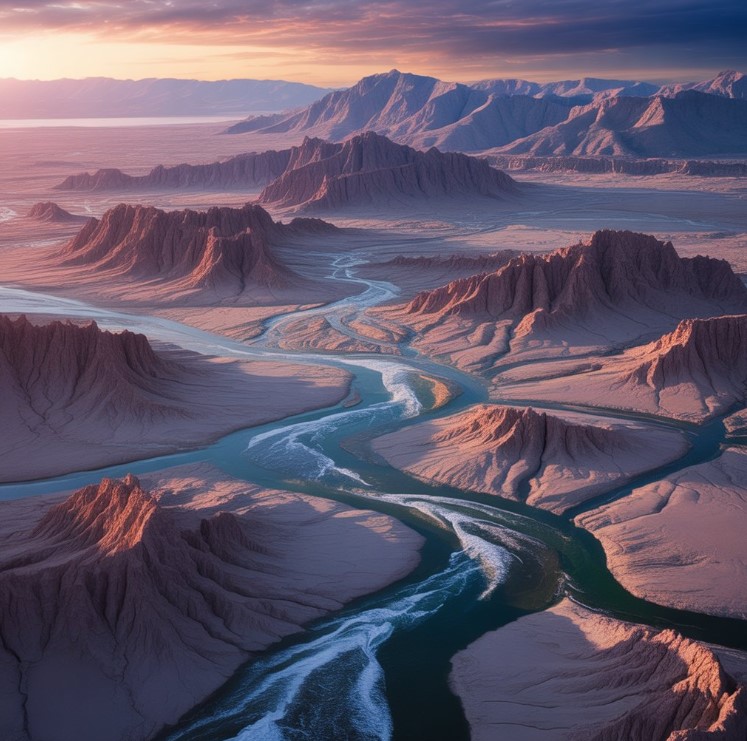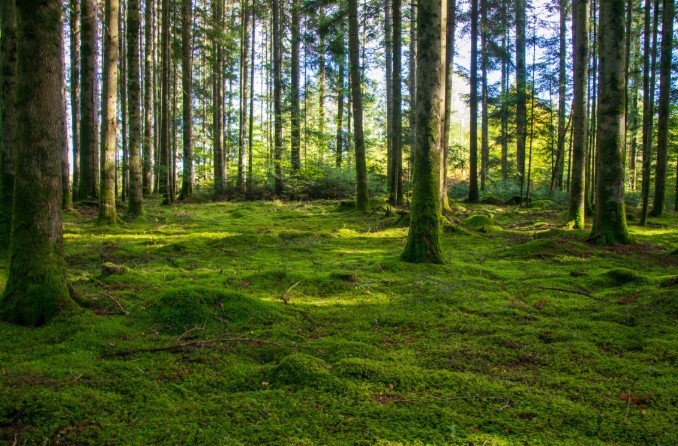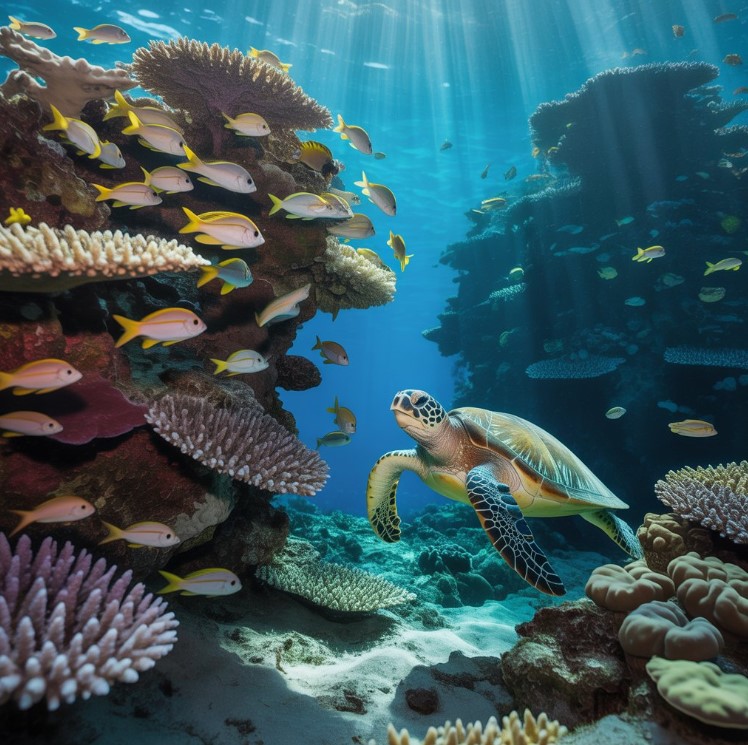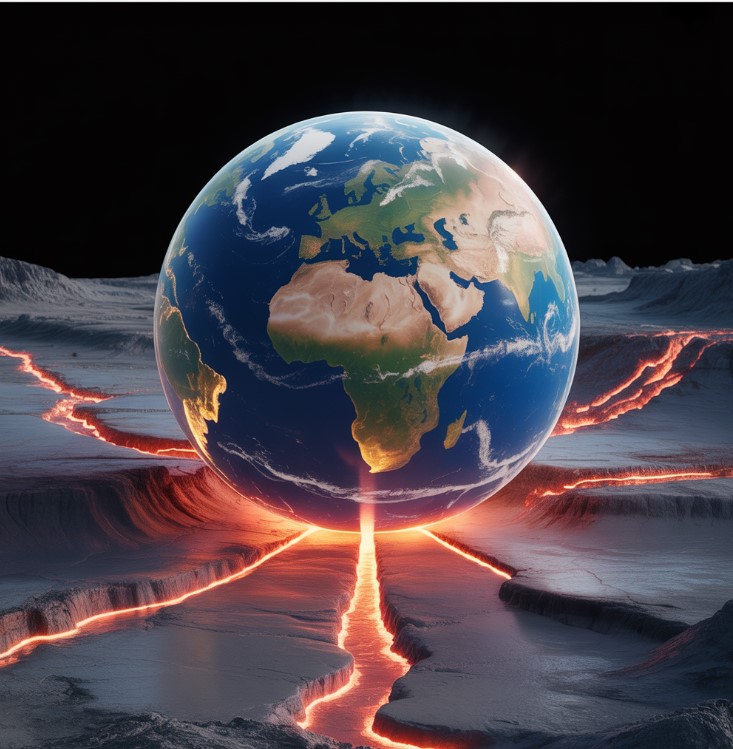Contents
Natural events happen without humans causing them. Examples: rainbow, rain, volcanic eruptions, hurricanes, earthquakes.
Types of Natural Events
Atmospheric Events
Happen in the air. Studied by meteorology.
Rain – Water vapor turns into clouds. Heat makes clouds rise and cool. Drops get bigger and heavier, then fall.
Wind – Air moves due to pressure differences.
Hydrological Events
Linked to water. Studied by hydrology.
Ocean currents – Water moves in oceans.
Waves – Wind pushes on ocean/water surfaces.
Biological Events
Related to living things and their interactions.
Migration – Animals move from one place to another.
Extinction – A species disappears completely.
Geological Events
Linked to Earth’s solid parts. Studied by geology.
Orogenesis – Earth’s crust bends, shortens, thickens from tectonic forces.
Oil formation – Organic material builds up over millions of years. Pressure and heat turn it into oil.
More Examples
- Thunderstorms
- Rain
- Hail
- Earthquakes
- Tsunamis
- Snowstorms
- Winds
- Cyclones
- Hurricanes
- Volcanic eruptions
- Stalactite formation
- Water salinity in lakes
- Flower blooming
- Fish egg-laying
- Monarch butterfly migration (USA/Canada to Mexico)
- Northern lights at poles
- Forest fires
- Avalanches
- Tornadoes
- Insect metamorphosis or skin shedding
How Do They Affect Us?
Natural events can help or harm people, animals, and Earth.
Rain helps crops grow – good.
Hurricanes cause damage and harm – bad.
Natural Disasters
These are harmful natural events.
Human actions can make disasters worse. Example: a dam breaks, releases all water, floods and destroys everything in its path.
Examples of Disasters
- Haiti earthquake (2010)
- Japan quake & tsunami (2011)
- Hurricane Katrina (2005) – ruined coastal cities along Mississippi River; almost destroyed New Orleans, USA
- Vesuvius eruption (ancient Rome) – buried Pompeii in ruins
